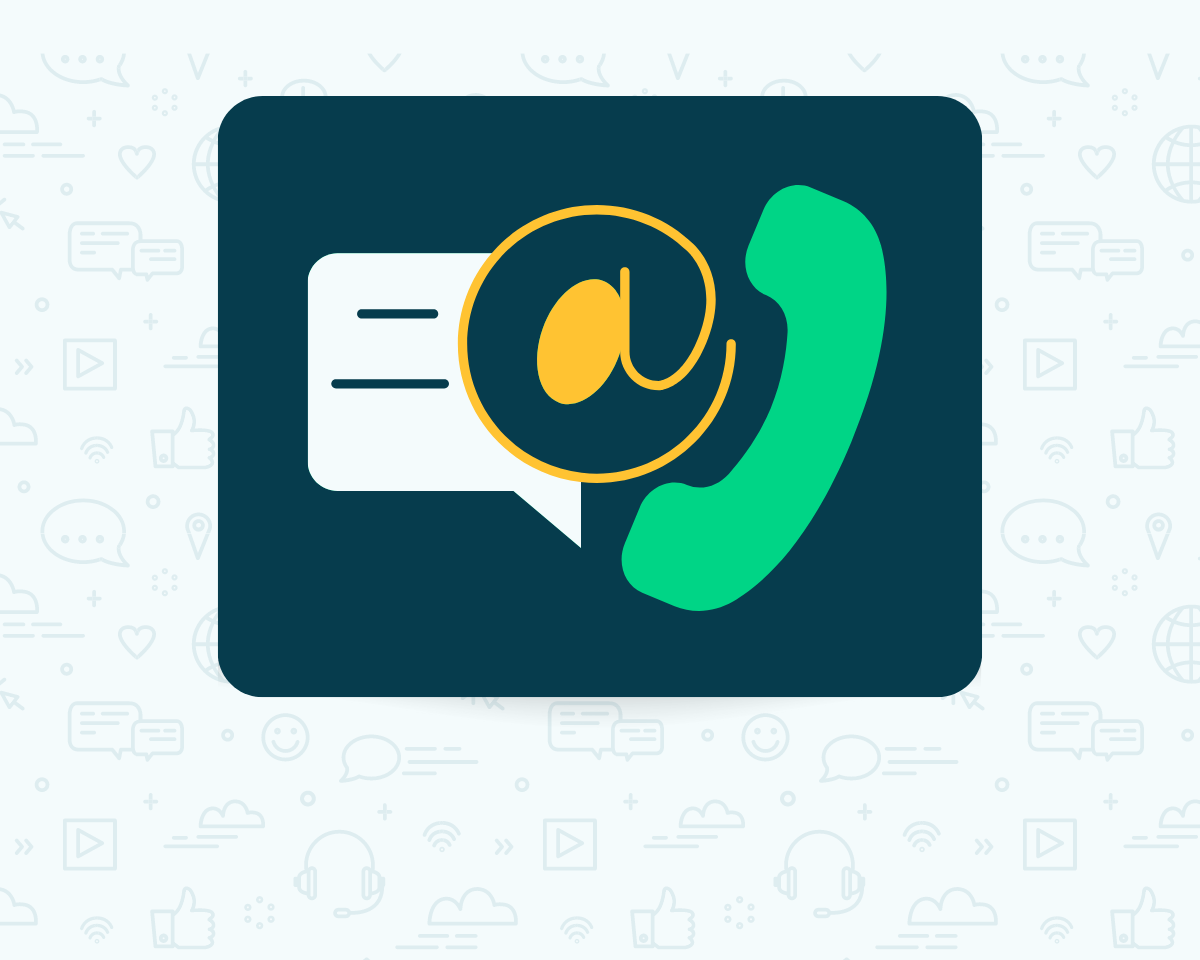Ready to create more pipeline?
Get a demo and discover why thousands of SDR and Sales teams trust LeadIQ to help them build pipeline confidently.





Get a demo and discover why thousands of SDR and Sales teams trust LeadIQ to help them build pipeline confidently.
In the age of smartphones and social media, a successful outbound strategy requires more than just sending a series of cold emails.
As prospects become increasingly immune to traditional outreach methods, top-performing sales teams are evolving their tactics and utilizing a variety of channels — including social media, phone calls, and text messages — to engage, nurture, and convert leads effectively.
In this post, we’ll examine some of the main reasons why SaaS sales teams need to take a multi-channel approach to outbound sales sequences, how to orchestrate sequences effectively across channels, best practices for multi-channel campaigns, and how you can tell whether your tactics are delivering results.
A multi-channel approach for outbound email sequences involves reaching out to prospects through a number of different communications channels, like email, phone, video calls, social media, direct mail, and SMS, among others.
If your messages are only showing up in someone’s inbox — and that individual has a policy of not engaging with sales emails at all — you’re essentially screaming into the void. By diversifying your outreach efforts and striking the perfect balance, you can increase the likelihood you connect with leads on their preferred platform, which boosts engagement and increases the chances of conversion. At the same time, you can also reinforce your messages across multiple touchpoints, creating a more memorable experience for each prospect.
Crafting a successful multi-channel campaign starts with choosing the right mix of channels that align with your target audience and industry. Since you’re in the world of B2B SaaS sales, your prospects are likely active on platforms like LinkedIn and Twitter, and you need to meet them where they are.
As you begin developing a multi-channel strategy, research your ideal customer to understand where they are most active and most receptive to sales messages. While you’re always going to use emails because it’s a cost-effective, familiar channel where it’s easy to deliver personalized content, you need to mix it up. Adding phone calls, social media outreach, and even sending handwritten notes in the mail can complement your email strategy and help you stay top of mind for your prospects.
Effectively orchestrating your outbound sales sequences requires a well-thought-out strategy that enables various communications channels to work together in harmony.
Start by segmenting your audience based on relevant criteria — like role, industry, and pain points. This enables you to tailor your messaging to distinct personas, covering more ground in less time. Once that’s done, it’s time to choose the most appropriate channels for your audience and industry. In most cases, it’ll be a mix of email, LinkedIn, Twitter, phone and video calls, SMS, and direct mail.
Now, it’s time to create the sequence itself. As you begin writing, ensure a consistent message across channels to reinforce your value proposition, build brand recognition, and make your messages stickier. Customize the content for each channel — no one’s reading a novel sent to them via InMail — and maintain a coherent narrative.
Once the messaging is down, start planning the sequence and timing of your outreach. Be strategic. For example, you might launch your outbound sales sequence with an email introducing yourself and your company and follow up with a LinkedIn message a couple of days later; maybe it’s time to pick up the phone the following week.
To lighten the load, look for sales prospecting tools that can help you automate your multi-channel campaigns. The ideal solution will enable you to personalize each touchpoint with relevant details about the prospect’s industry, pain points, and role.
Of course, you’ll need to monitor the engagement of each message and each channel to determine what’s working the best and which could be improved upon. We’ll tell you how to do that in just a little bit.
Here’s what an effective multi-channel sales email sequence might look like:
At a high level, here are some of the best practices you need to follow to ensure an effective multi-channel campaign:
To gauge the effectiveness of your multi-channel efforts, you need to track performance metrics across all communication mediums. Using purpose-built sales prospecting tools, you can get the analytics you need to track things like email open rates, click-through rates, response rates, social media engagement, and call connect rates, among other metrics.
With that data on hand, you can then identify tactics, messaging, and channels that are most effective as well as what isn’t working as well as you might hope. You can then double down on your best channels and work to fine-tune messaging that hasn’t yet resonated.
While you’re at it, you’ll also need to implement proper attribution models to get a better idea of how each channel contributes to the overall sales pipeline and which efforts have had the most impact on customer acquisition. If you’re spending a lot of time engaging customers on Instagram, for example, and those efforts aren’t having any impact, it might be time to redirect your energy elsewhere.
In today’s fast-paced world where prospects are bombarded with messages all the time, a multi-channel approach is no longer optional — it’s table stakes.
By diversifying your outreach efforts and engaging leads across different channels, you can increase the chances you reach the right person at the right time with the right message — making it that much easier to convert a new customer.
This post is the third post in a five-part series on B2B outbound sequences; you can read the first part here and the second part here. In the next installment of this series, we’ll look at how long an outbound sales sequence should be.
Subscribe for updates.